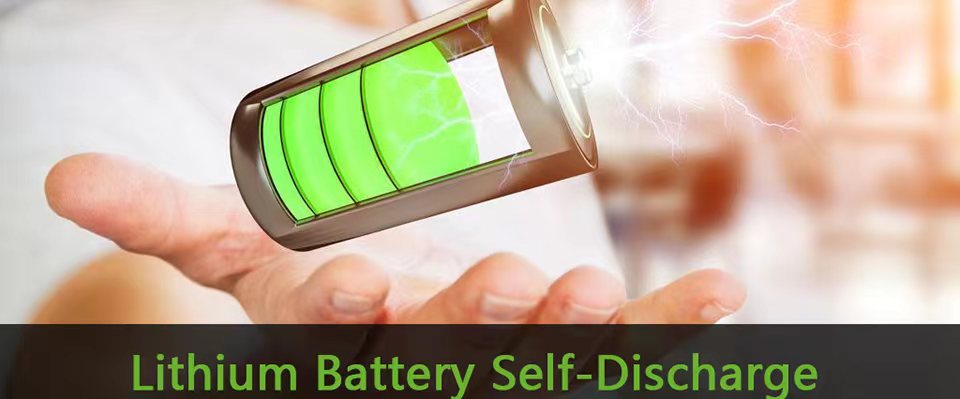Overview
The self-discharge of lithium batteries is unavoidable. Self-discharge not only reduces the capacity of the battery but also affects the cycle life of the battery.
Do you know anything about the self-discharge of lithium batteries? What affects the self-discharge of lithium batteries? You can find out the answers in this article.
About Self-discharge
When the battery is in the open-circuit state, the phenomenon that the stored power is consumed spontaneously is called the self-discharge of the battery.
Self-discharge can be divided into physical self-discharge and chemical self-discharge. Generally, the energy loss caused by physical self-discharge is reversible, while the energy loss caused by chemical self-discharge is basically irreversible.
Physical self-discharge: Self-discharge is caused by physical factors. Part of the charge inside the battery reaches the positive electrode from the negative electrode and reacts with the positive electrode material.
Chemical self-discharge: Voltage drop and capacity loss caused by spontaneous chemical reactions inside the battery. When chemical self-discharge occurs, no current is formed between the positive and the negative electrodes, but a series of complex chemical reactions occur between the positive/negative electrodes and the electrolyte of the battery, resulting in the positive electrode being consumed and the battery power being reduced.
Different battery types have different self-discharge rates. The self-discharge rate of lead-acid batteries is about 3-20% per month. The self-discharge rate of lithium batteries is lower, which is about 3-5% per month.
What Affects Self-discharge of Lithium Battery?
Temperature
The higher the temperature is, the higher the activity of the electrochemical material will be, and the side reactions involving the positive electrode material, negative electrode material, electrolyte, etc. will be more intense, resulting in more capacity loss within the same time period.
SOC
The higher the SOC, the higher the positive electrode potential and the lower the negative electrode potential. This means that the oxidizing property of the positive electrode is stronger, and the reducing property of the negative electrode is stronger, thus the side reaction is more intense.
Aging of SEI Film
With the continuous use of the lithium battery, the compactness of the SEI film will be affected. The aging SEI film will affect the protection of the negative electrode, making the negative electrode increasingly in contact with the electrolyte and the side reactions more intense, thus affecting the self-discharge of the lithium battery.
Summary
You may know more details about the self-discharge of the lithium battery now. If you want to buy LiFePO4 batteries with a low self-discharge rate and high safety, you can choose Polinovel.
As a reliable lithium ion battery manufacturer, Polinovel has rich experience, a professional R&D team, and advanced technology, striving to provide you with safe, durable, and suitable battery solutions.
Company
Application
Product
Get in Touch
1010 Longnian Bld, 29 Longcheng Ave, Nanlian Area, Longgang St, Longgang Dist, Shenzhen, China 518116
+86 755-28906569
[email protected]
Get our updates, please contact us through one of the following channels.



